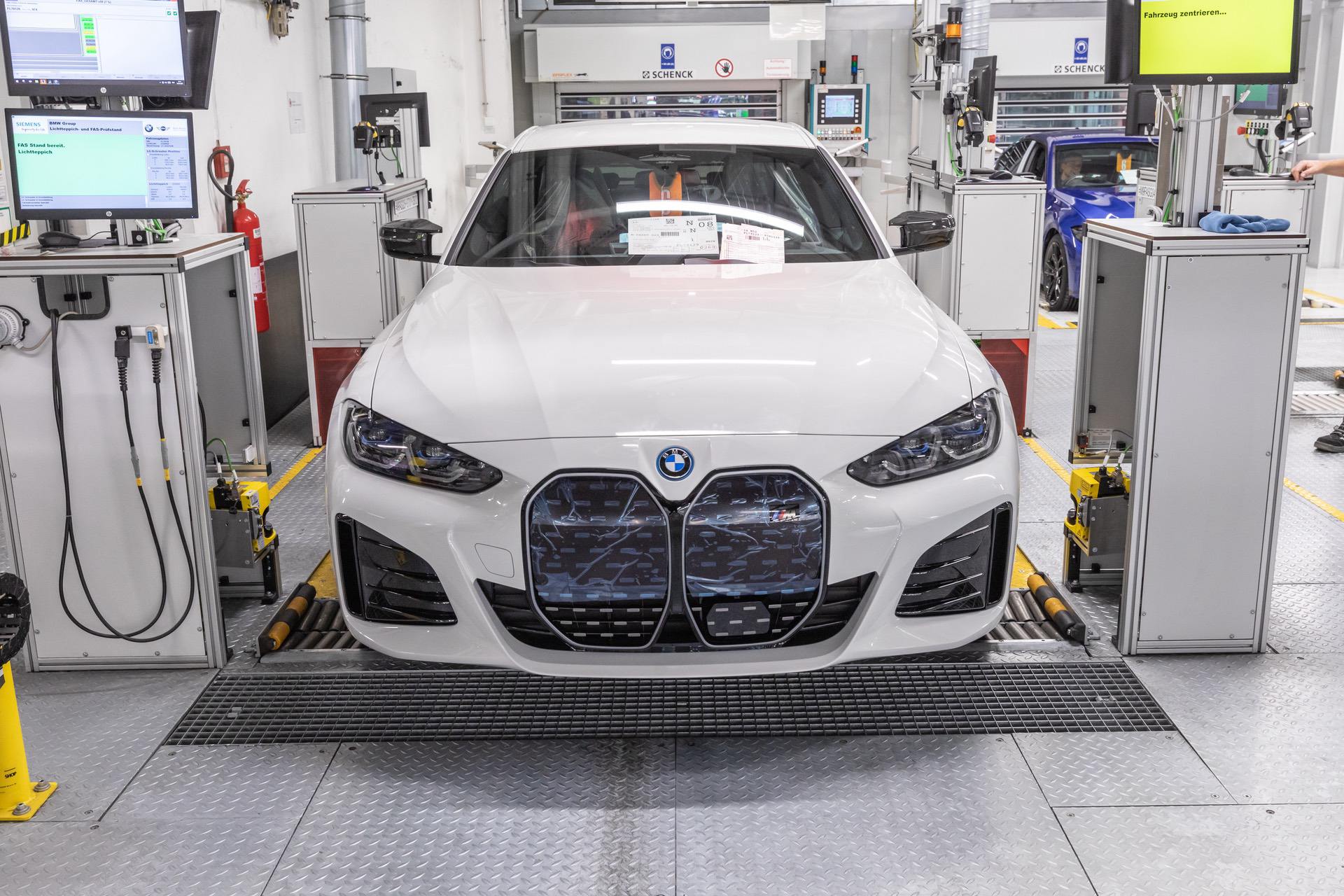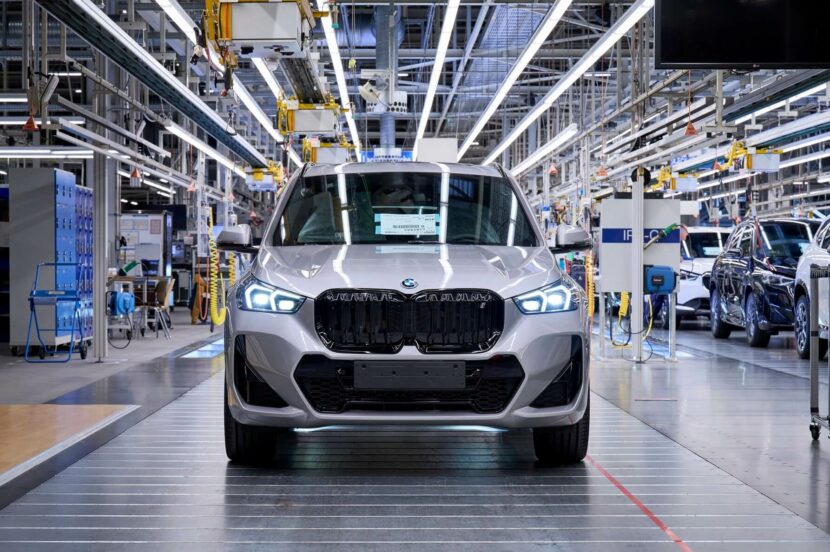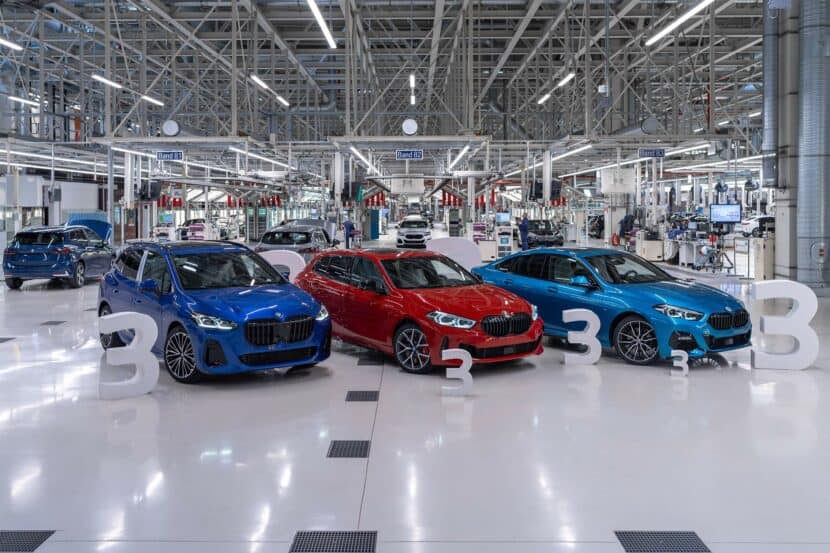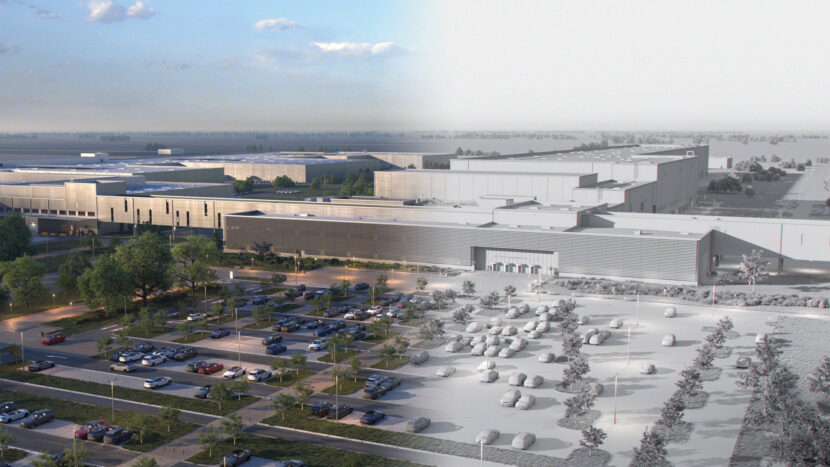BMW’s production has expanded a lot in the late 20th century. For decades, BMW cars were manufactured only in Germany – formerly, Eisenach, and later Munich and Dingolfing. But today, BMW manufactures vehicles in fifteen different countries, using a network of 31 production sites. Each of these plants produce unique vehicles for different markets.
Knowing where a certain model is manufactured helps give you a better idea when you try to track a new BMW you’ve ordered. But it’s also a neat bit of history for you as an owner. And of course, any real enthusiast would want to know where some of the best driving cars in the world come from.
Where BMW SAVs are Made
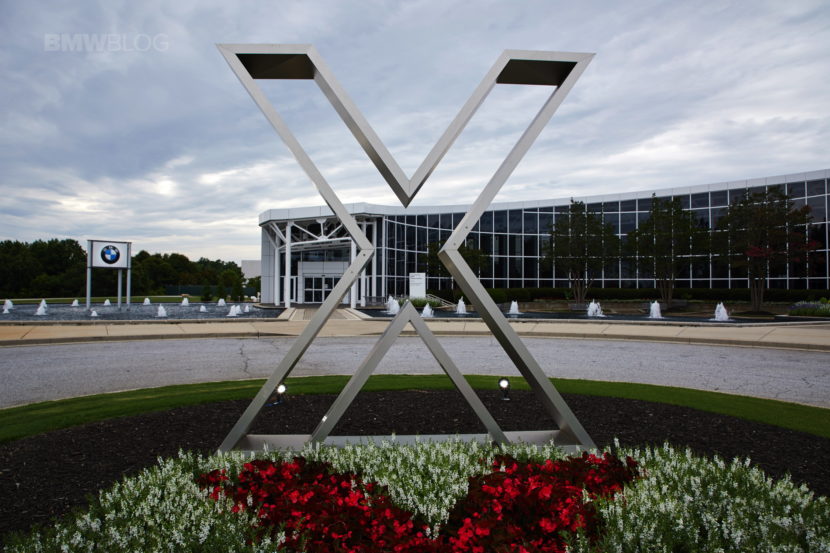
BMW’s SAV lineup now includes a huge stable of models, ranging from the compact X1 to the luxurious X7. Almost all BMW SAVs area produced in Spartanburg, South Carolina in the United States. The major exceptions are the X1 and X2, coming from Regensberg, Germany. And those exceptions also have an exception, since both have Chinese domestic market versions produced at Plant Tiexi in Shenyang.
Though initially not planned for global sales, recent supply chain issues have also forced BMW to export South-African manufactured X3s into different markets. Otherwise, the X3 and X4 are both exclusively produced in Spartanburg. Some markets have slightly different production variances – such as crash safety or emissions standards – and see in-market manufacturing and distribution. A few examples include Egypt, Thailand, and Russia.
The X5 is just like the X3 in the sense that it is primarily manufactured for the global market in Spartanburg, South Carolina. Also like the X3, there are several market-specific versions produced in their respective countries. Same story with the X6, but available in fewer markets. Most recently (beginning in 2018), the X7 has joined the lineup and is also manufactured almost exclusively in South Carolina.
Where BMW Cars are Made
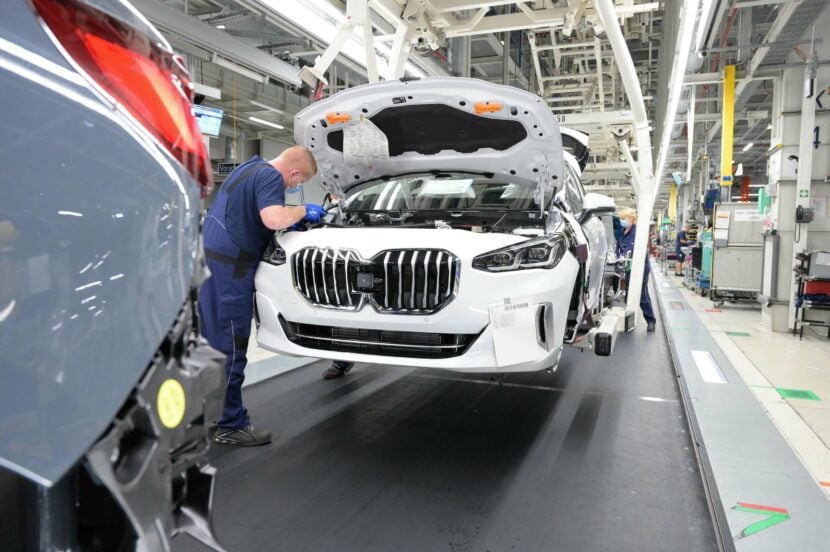
Although BMW’s focus has shifted to SAVs in recent years, the executive sedan is reportedly still alive and well. So for the time being, BMW still produces a huge variety of sedans and coupes. The sporty little 1 Series (chassis code F40, which the US sadly does not get) is still made in Leipzig and Regensburg, Germany. There’s also a Chinese variant (the F52 chassis) sold and manufactured in China.
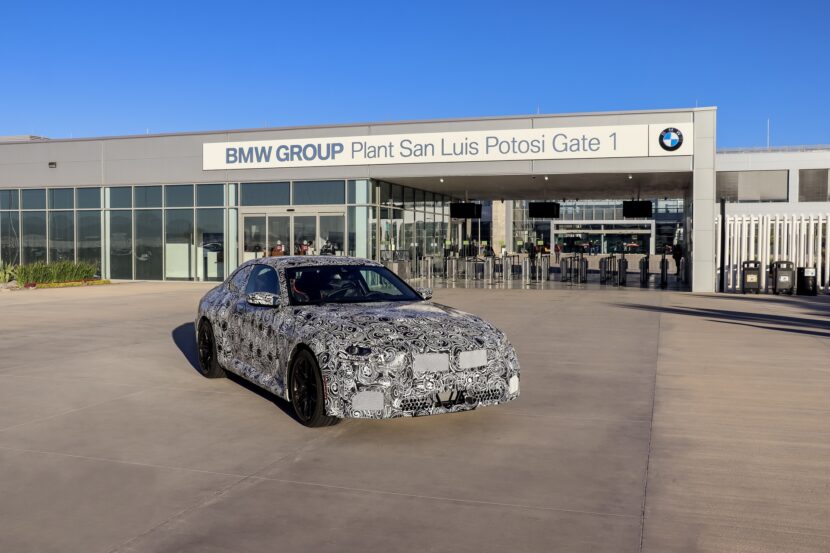
The 2 Series Coupe is so far exclusively being produced in Mexico; no words yet on regional variances or any other deviations. The Gran Coupe is mostly manufactured in Germany – Leipzig again – with some markets getting production in their own countries. Mexico is also tasked with manufacturing most of the 3 Series seen in North America; but touring models and M3s are made in Germany. Brazil, Malaysia, Indonesia, Thailand, India, and China also manufacture their respective markets’ 3 Series.
The 4 Series – all variants – is still Germany only. It’s made in both Munich and Dingolfing, BMW’s oldest plants. The G30 5 Series is manufactured in Germany and Austria for most of the world, with some countries – again – receiving market-specific version produced in their own countries. The F90 M5 is manufactured exclusively in Germany. The outgoing G11 7 Series was produced in Germany only for most of the world, and the upcoming G70 7 Series is currently Dingolfing exclusive. Lastly, the 8 Series in all guises is exclusively manufactured in Dingolfing.
Electric BMW Production
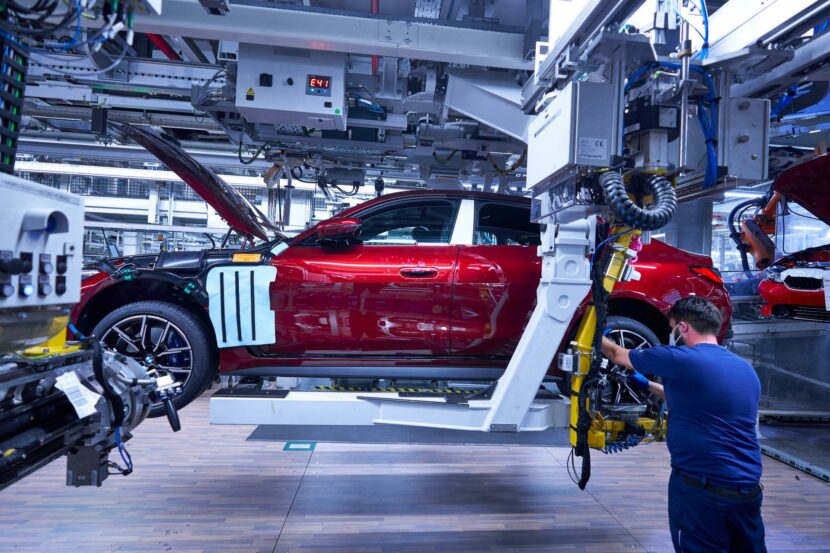
The newest i4 and iX fully electric vehicles are manufactured – for now – exclusively in Germany. The i4 in all trims is being produced in Munich. The iX is being produced in Dingolfing. I suspect – but can’t confirm – that as lower trim levels are introduced and electrification spreads, we’ll see these vehicles being produced in other countries as well. But for now, BMW probably wants to keep a watchful eye on these cutting-edge vehicles. And the easiest way to do that is to keep manufacturing very close to home.
BMWs Built in Munich, Germany
As one of BMW’s oldest production sites, it makes sense that Plant Munich is responsible for several models. The Munich Plant is responsible for building all the BMW 4 Series Gran Coupe variants, including the i4. It also builds all M3 variants, the 3 Series Touring, and PHEV 3 Series variants. Plant Munich is located in Olympic Park, also home to the BMW Welt, BMW Museum, and the corporate headquarters.
BMWs Built in Regensburg, Germany
Regensburg has a storied history, with over four decades of production. The new X1 and limited-market iX1 are produced there alongside the 1 Series and X2. It focuses on digitalization and is the industry’s first production plant using end-to-end automated processes for inspection, processing, and marking of painted vehicle surfaces in standard production that relies on AI-controlled robots. It’s also the first plant to use iFACTORY 3D mapping to plan future plant structures and production facilities.
BMWs Built in Dingolfing, Germany
Plant Dingolfing builds somewhere close to 300,000 vehicles a year. It includes the 4 Series Coupe and Convertible, all new (G60) 5 Series and 7 Series variants, the iX, and M4 variants. The location employs approximately 18,000 people and also produces EV components and car bodies for Rolls Royce Motor Cars.
BMWs Built in Leipzig, Germany
Responsible for around 1,000 vehicles per day, Plant Leipzig is tasked with BMW 1 Series, 2 Series Gran Coupe, and 2 Series Active Tourer production. The factory employs around 5,600 people, and four purpose-built wind turbines provide power for the site.
BMWs Built in Graz, Austria
One vehicle is unique from every other vehicle in the BMW lineup – the BMW Z4. BMW does not actually build it. Instead, it’s built alongside the Toyota Supra in Graz, Austria. The company behind assembly is Magna Steyr, also known for assembling vehicles like the Mercedes G-Class
BMWs Built in Rosslyn, Pretoria, South Africa
Plant Rosslyn began life as a CKD (Complete Knock Down) assembly plant, but over four decades, it has become the heart of BMW South Africa operations. It was also the first BMW Group production facility outside of Germany. Today, it produces the 3 Series and X3 for domestic and global markets.
BMWs Built in San Luis Potosi, Mexico
Operations in Mexico began in 2019, and today, the San Luis Potosi plant produces the BMW 3 Series, 2 Series Coupe, and the BMW M2. With around 3,500 employees, the plant produces more than 500 vehicles daily.
BMWs Built in Spartanburg, South Carolina
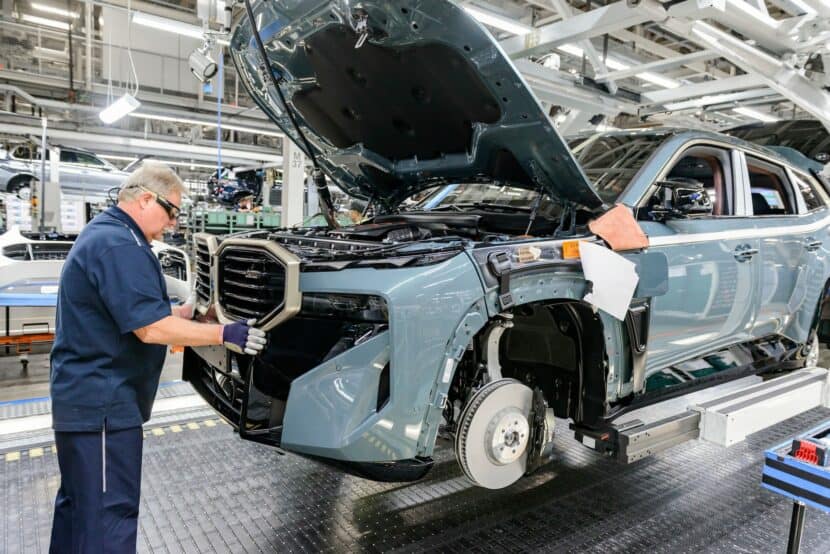
Employing more than 11,000 people, Plant Spartanburg is now one of BMW’s busiest factories in the world. Producing more than 1,500 vehicles daily and exporting to 120 different markets, it has brought over 6 million vehicles to life since production started in 1994. Most Sports Activity Vehicles (SAVs) are produced here for the world, including the X3, X4, X5, X6, X7, and all of their M-powered variants.
BMWs Built in India, Thailand, and More
BMW has a number of factories that are not full production lines. They’re called CKD – or Complete Knock Down – assembly plants. They assemble regional variants of the vehicles we know worldwide. Mostly identical to their global counterparts, they’re assembled locally for tax breaks, import/export benefits, and various other reasons. These plants serve India, Thailand, Russia, Egypt, Indonesia, and Malaysia.
While not a CKD assembly site, BMW Brilliance Automotive (the China arm of BMW) currently only produces BMW vehicles for their local market. It also comprises an R&D Center and powertrain plant. Vehicle production plants are in Tiexi and Dadong and will eventually target production of over 650,000 units per year.
BMWs Built in Debrecen, Hungary
One of BMW’s newest plants, Plant Debrecen, will begin Neue Klasse production by the end of 2025. A central goal of the factory is to ensure logistic success by keeping high-voltage battery production on-site. Aided by renewable energy sources, BMW plans to reduce the carbon footprint of battery cell production by as much as 60 percent.


